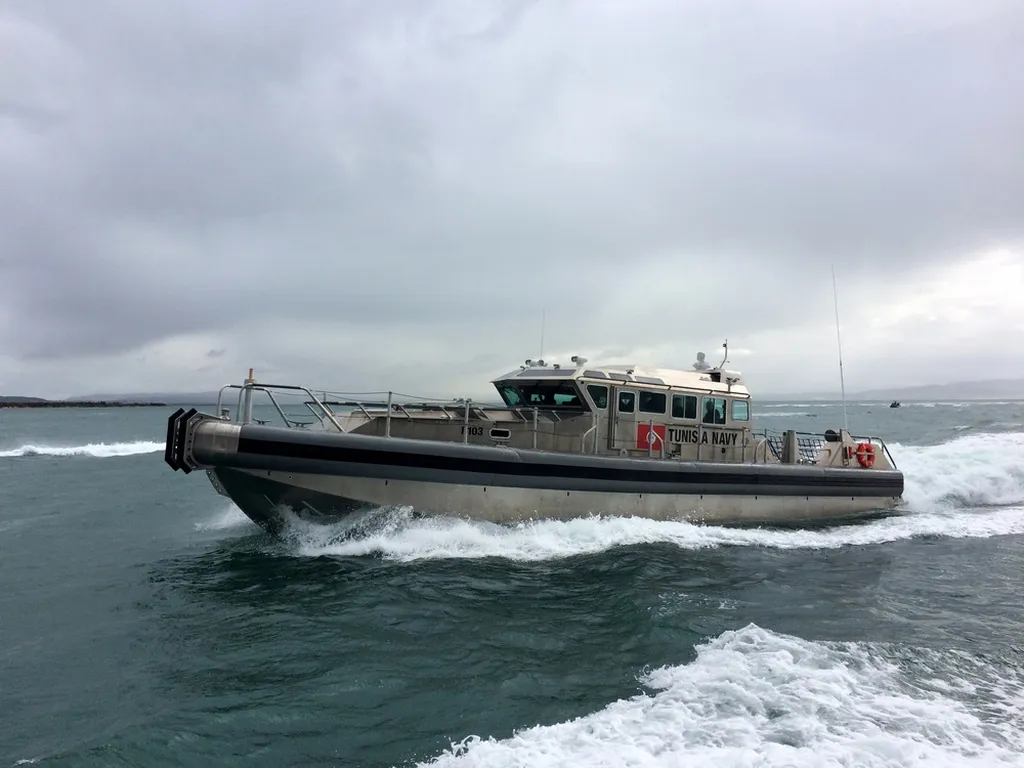In the ever-evolving world of transportation, effective communication is the linchpin that holds the entire system together. As autonomous vehicles and smart transportation systems become more prevalent, the need for rapid, low-latency communication has never been more critical. This is where Visible Light Communication (VLC) steps in, offering a promising solution for vehicle ad hoc networks (VANETs). A recent study published in ‘Frontiers in Physics’ (which translates to ‘Frontiers in Physics’ in English), led by Mouna Garai from the Communication Networks and Security Research Lab and the Green and Smart Communication Systems Research Lab at the Higher School of Communication of Tunis (SUP’COM), University of Carthage, Tunisia, sheds light on this very topic.
Garai and her team have introduced a tree-structured communication architecture that uses hierarchical optical codewords to enhance data routing efficiency and establish a vehicle identification system. “This system employs dynamic attachment and reattachment protocols in conjunction with adaptive quality-of-service mechanisms to effectively mitigate variability in traffic dynamics,” Garai explains. In simpler terms, this means the system can adapt to changes in traffic patterns, ensuring stable and efficient data aggregation.
The study also delves into the performance of different mobility models, such as the Intelligent Driver Model, Gipps, and Krauss. The findings reveal that while more complex network trees may lead to increased delay and lower effective signal-to-noise ratios, models characterized by greater vehicular spacing generally result in reduced delay and enhanced SNR, though this improvement comes at the cost of connectivity.
So, what does this mean for the maritime sector? Well, the principles behind this research can be applied to maritime communication systems as well. Imagine a fleet of autonomous ships communicating with each other and with shore-based control centers using VLC. This could revolutionize maritime traffic management, enhancing safety and efficiency.
Moreover, the use of optical codewords for node identification could lead to more secure and reliable communication, reducing the risk of cyber threats. As Garai puts it, “The performance insights reveal significant improvements in scalability, latency, and throughput, which support the advancement of smart city infrastructures that are more sustainable, efficient, and secure.” These benefits are not limited to smart cities; they can be extended to smart ports and maritime environments as well.
In conclusion, this research opens up new avenues for enhancing communication in transportation systems, both on land and at sea. As we move towards a future of autonomous vehicles and smart ports, the need for efficient, low-latency communication will only grow. And with studies like this one, we’re one step closer to making that future a reality.

